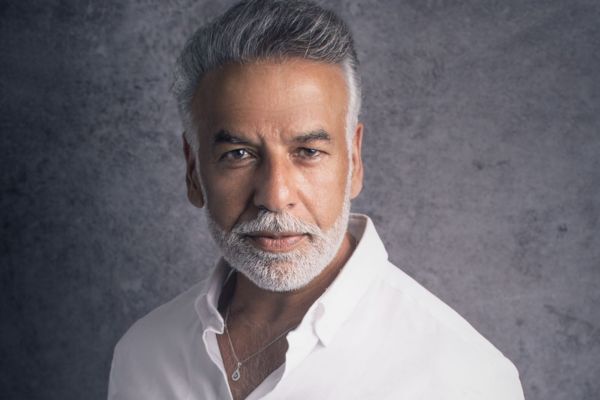How to make your travel website accessible for all
Many business owners have no idea their websites could be inaccessible to a significant number of potential customers, says Scott Baxter, co-owner and technical director at First Internet
Accessibility is a huge consideration when it comes to transport and travel. As well as physical considerations such as varied check-in times, ramps, electric doors and low sensory spaces, travel staff across the world are becoming better trained to recognise and respect disabilities of all types – and provide a more considerate and enjoyable travel experience for everyone.
This is good news. Accessible tourism is about making it easy for all of us to enjoy the world. According to the World Health Organization (WHO), there are an estimated 1.3 billion people – about 16% of the global population – who currently experience significant disability. And as WHO points out, barriers do not have to be physical. Their definition of a barrier to being able to enjoy tourism experiences is any factor that “through their absence or presence, limits functioning and creates disability. This includes services, systems and policies that are either non-existent, or that hinder the involvement of people with a health condition, in all areas of life”.
This is why it is vital that your website is accessible. Consumer research and spending habits have completely changed in just a couple of decades, due to online and social trends. Technology is a central part of our lives and takes centre stage for many travellers as they research, plan and book their trips; whether they are booking short local journeys or logistically complex, long-haul trips overseas. The online travel industry generated revenue worth more than $800 billion in 2021 – and is expected to hit $1,464 billion by 2027, according to the Global Business Travel Association.
KEEPING PACE
“Real-life” accessibility is improving – and online accessibility needs to keep up. There are an estimated 300 million people worldwide with colour vision deficiency. One in 12 men are colourblind. Many websites are unusable or at least uncomfortable for these people – and business owners might not even be aware. Digital products need to be designed and built for everyone to use and enjoy, so you need to be clear on the guidelines and ensure your site adheres to them.
Web Content Accessibility Guidelines offer three levels of conformance: A, AA and AAA. Most websites are AA, however, to truly compete – and most importantly serve your entire audience – you need to have your
website to AAA standard (see box, below). Double A standards are covered under existing disability guidelines, but we are seeing more US sites meet Triple A targets and, where America leads, the UK tends to follow. In this case, it’s the right thing for us all to be doing.
The Triple A rating is not a legal standard in the UK yet, but there are some websites that clearly make the effort to be as inclusive as possible by adhering to a high number of the 61 standards. Saga Travel is one – as expected, when you consider its target demographic is usually older people who may not always be as digitally comfortable as others, and may sometimes have issues with their eyesight.
LEADING BY EXAMPLE
The Saga website has a large text size and uses the same font consistently, ensuring the colours make it clear to use. There are no patterns that could impact ease of use, the blue and white colour palette is very calming, and the overall usability of the site is great. The buttons are large and visible and the search format is very clear – with a reference to brochure codes, ideal for the older traveller more used to traditional search methods. These all sound simple but so many sites just don’t get all of these elements right.
The role of a website designer is to check sites are at the right standard of accessibility from the outset. It’s much easier to do this at the build stage than retrospectively, but web developers like us can scan whole sites to check their usability for all end users.
New UK accessibility legislation is coming into force which could mean triple A sites become a requirement quite soon. As a business, you should want to have a triple A site anyway – according to Open Doors Organization, the disability travel industry generates $17.3 billion a year.
And, apart from missing out on potential customers, it’s just the right thing to do. Inclusivity is not just a business decision, it’s a moral and ethical one.
Online accessibility: the gold standard
For a website to be rated as AAA, there are a total of 61 criteria to meet, including:
- Contrast requirements are even stricter.
- Checkmark icons need to be included.
- Screen readers added to support visually impaired users.
- Siri informed of content so that voice search is easy.
- Keyboard navigation: giving the user the option to navigate around the page easily using a tab while still following the page structure.
- Forms are also key: forms can often be stressful (whether paper or digital), so keeping them as clear as possible is vital – while allowing the user to tab between boxes and make amends easily.
- Text size should obviously not be too small, but AAA suggests that websites should allow users to change the text size themselves if they need to zoom in to read something more easily.
- Fonts: users should have the option to change to a font that works better for their vision.













